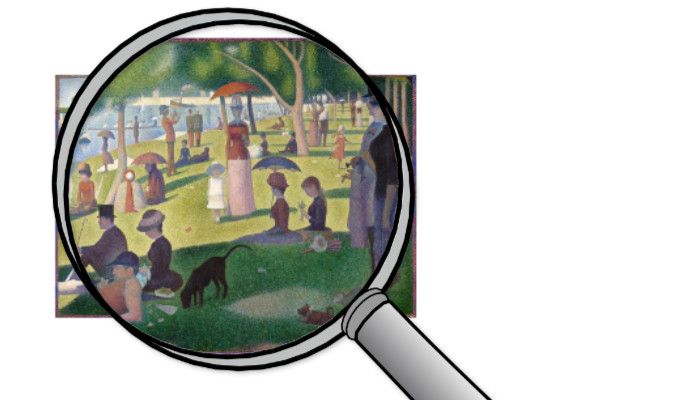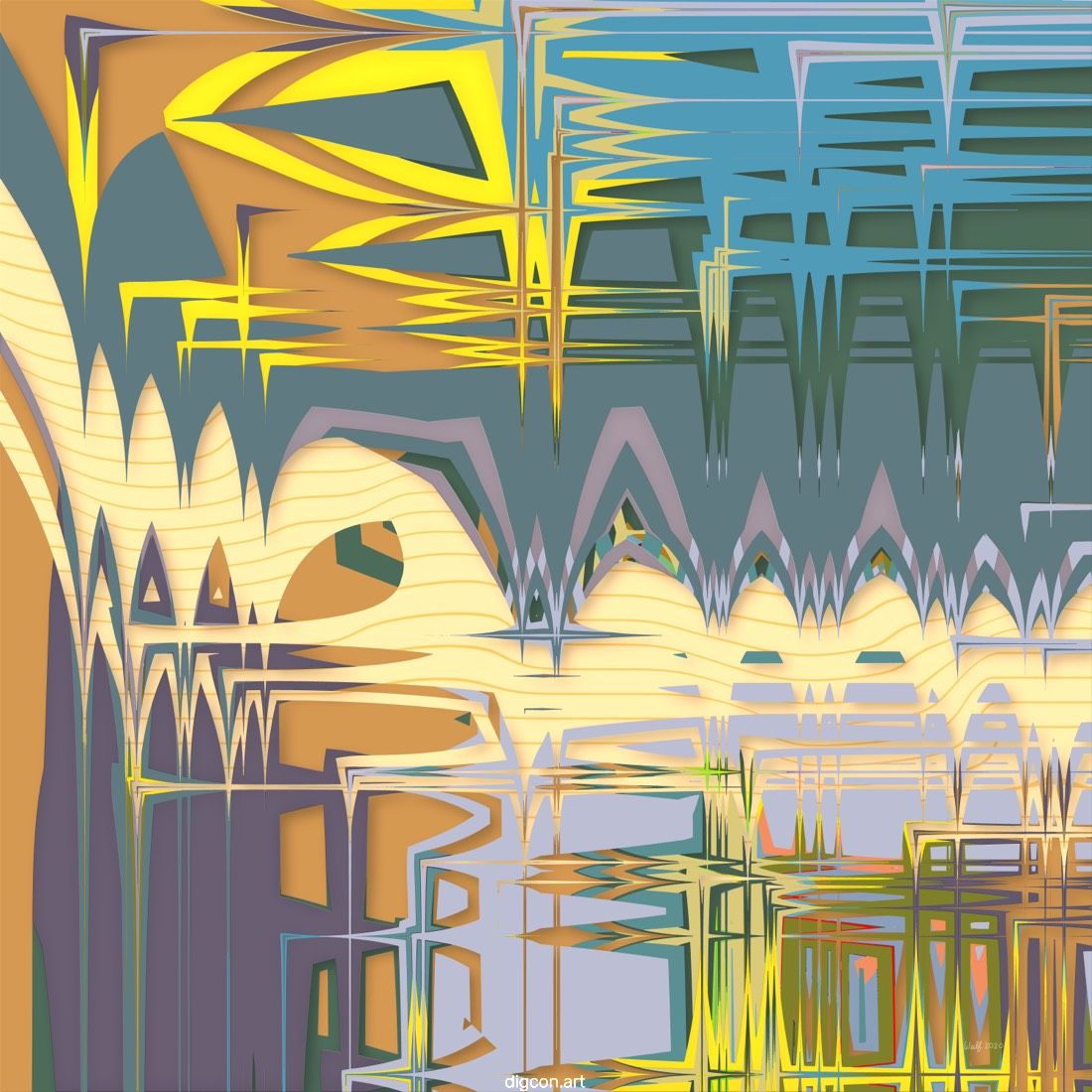Only Looking At Art On A Phone Is Missing A Lot

No matter how sharp your phone screen might be, looking at art on it loses most of the power and meaning a piece of art has, as the image is reduced to less than postcard size. Most art is meant to be seen in person as the artist intended.
A couple of years ago, I went to New York City to visit MOMA (Museum of Modern Art). I spend some time in front of Vincent Van Gogh's Starry Night, imagining myself as Vincent standing in front of the canvas, wondering what to paint today, and seeing this appear! While this painting is probably one of the most recognized pieces of art in the work, seeing it in person is an amazing experience. I had not realized how big it was. Seeing it on a phone could never approximate the emotional impact of the actual work itself.
Likewise, I saw Picasso's Les Demoiselles d'Avignon and imagined myself as one of his artist friends who saw it first and possibly wondered what kind of insanity it was. Even Dali's The Persistence of Memory surprised me with its tiny size.
Of course, you can't see most art in person, as it hangs on walls worldwide, so your phone might be the only way to see it. The problem is seeing it only on phones and never bothering to see anything in person. Traditional art was created by the artist at full size, in their vision, and everything placed in the work is there for a reason. When you now view it in miniature, you are not seeing it as the artist intended; the image is likely compressed and at a reduced pixel size where details are lost.
Mark Rothko's color field art looks decidedly unimpressive in phone size, often simple rectangles of mostly solid colors. Yet, in person and close up, you see the subtle details and feel the image surrounding you. Seeing George Seurat's A Sunday Afternoon on the Island of La Grande Jatte in person is something I really would like to do eventually. This pointillist masterpiece is ten feet across and features more than three million dabs of paint. At a phone size, it looks like something an AI would do. It's hard to be impressed at that scale.
Of course, there is art designed to look perfect on a phone screen: AI. It's not very good, but it's very impressive what can be done (more in a future blog post). AI can only make small images (around 1 megapixel without upscaling), which is an excellent size for a phone screen. Many generative artists only make NFTs, most of which are not intended to be printed but purchased digitally, but even those may be greatly reduced in size to view on a phone.
I make my generative art on a Mac Studio and view it on a 27-inch 5K display, but it's never big enough to really understand exactly what it will look like printed. If only someone made a 60-inch diagonal square display! Looking at them on a phone screen (which is how most people view social media posts; not that many people ever see mine) gives you almost no idea what they really look like.
My art ranges in size from 24 to 48 inches on a side, and until I print it, I am never quite sure what the final impression will be. Of the small number that have been printed, I am always surprised by how they look when I hang them on a wall. Some have flaws I did not notice on the screen, and some have amazing details I did not see while making them.

This is the first piece I ever had printed (it's 40 x 40 inches). I created it in late 2020 using an early version of my math-based tool. While there are features I would not do today, I was amazed at how unusual many details were visible once I hung the piece on the wall over my fireplace. Seeing this made me want to do art full-time and explore where I could take the process in the future. I retired in 2021.
You can see my art on my website (even on your phone!). Someday, I hope people can see some of my art in person, hanging on a wall. I wish I could afford to print works before deciding they are complete, just as a final check to ensure it is precisely what I want. Sadly, I can't buy a 60-inch wide printer and stick it in my apartment!
For the first 60 years, I rarely visited any art museums or looked at art in person. Now, I try to go when I am able and even plan vacations around art. In the 19th century and most of the 20th, you could only see art in person. The internet has made it possible for people to see art they might only read about or might not even know existed, yet by itself, it is only a limited version of the power that pieces of art can have on people. You should make it a point to see art in person and not only rely on tiny versions on your phone screen.
